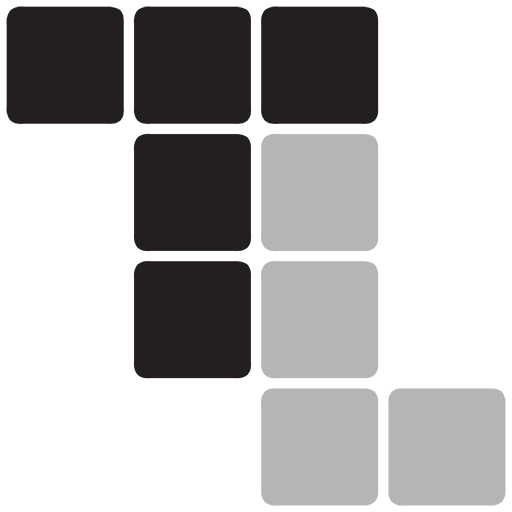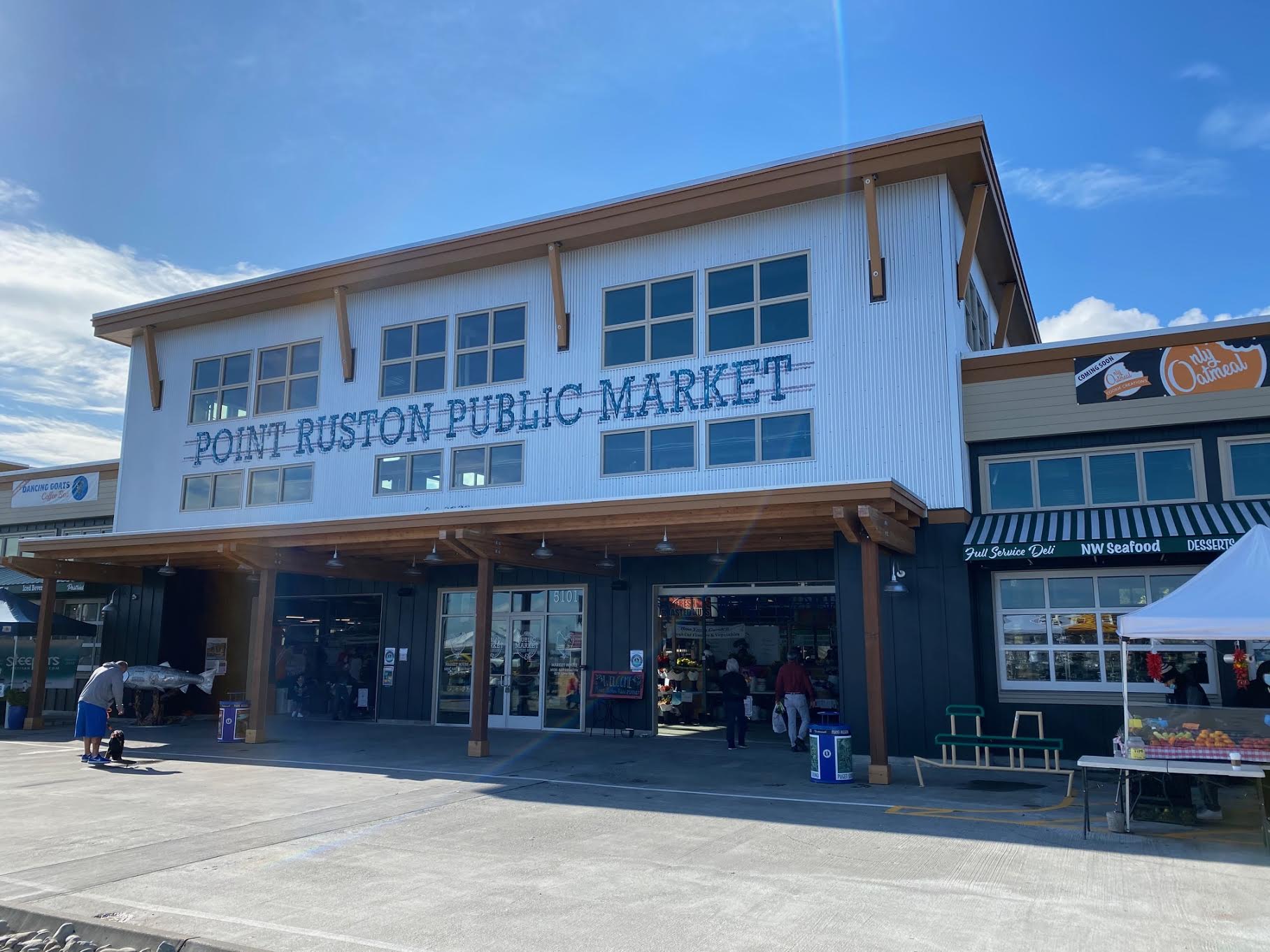What Caucasian really means
When filling out government forms or other paperwork we may come across the section urging us to fill out which ethnicity applies. We often see Caucasian, Black or African, Asian, American and Alaskan Indian, Pacific Islander and more. In the specific area stated Caucasian, right under in parenthesis it’s stated that the Middle East and North Africa are included.
Geographically, the Middle East is mostly in West Asia and North Africa. The term the Middle East itself is colonial considering it’s Western term that originated from the British Empire.
Ethnically, the majority of people from the SWANA region — Southwest Asia and North Africa — are not white. This region includes various ethnicities such as Turkish, Kurdish, Armenian, Persians, Assyrians, Arabs, and many more.
Now, the term Caucasian is often used to describe people from this region, as well as white Americans. The term Caucasian does not mean white, however, and here is a brief explanation of why that is.
18th-century German Anatomist Johann Friedrich Blumenbach was a professor of medicine at the University of Göttingen, a respected researcher and is considered one of the founders of scientific anti-racism. He studied facial features and skull morphology where he identified and claimed five human races: Caucasian, Malayan, Ethiopian, American, and Mongolian.
Blumenbach visited the Caucasus Mountains where countries such as Georgia, Azerbaijan and Armenia are located. After his visit, he coined the term “Caucasian,” as he viewed people from this region as the “most beautiful” in the world, thought that they were created in “God’s image,” thought that humans originated from this region and considered Europeans, along with the people of the Caucasus, as the same. According to Carol Mukhopadhyay’s article “Getting Rid of the Word ‘Caucasian’,” where his ideology was explained, Blumenbach wanted European people to be similar to the people of the Caucasus region. So, the word Caucasian was associated with Europeans, now with the definition of it today being “White” in the United States.
Geographically and historically, European and Caucasus culture along with their history are very different.
The Caucasus region contains diverse ethnicities, countries and republics. These include Georgia, Azerbaijan, Armenia, Chechnya, Dagestan, Ossetia, Karachay-Cherkessia, Abkhazia and many more. Yet, Caucasian is more prominently being used to describe whites in America as well as Europeans. This term is being misused and misunderstood while the real definition must be recognized and spread.
For example, SWANA people are being defined as white in America, which is not true. While some people from this region may be White-passing and can benefit from white privilege, it does not mean we are the same as white Americans or share the same experience, in fact, our communities are impacted by systematic inequalities.
Another reason why the misuse of this term is harmful is in regards to the generalizations it creates is in regards to homogenization of our culture and detracts from our identities. To use the term Caucasion to refer to white Americans, Europeans, West Asia, North Africa, and the Caucuses is broad and minimizing.
The third reason we ought to redefine and correct the word is that our SWANA and Caucasus communities do not always benefit from white privilege and are not treated the same as white Americans. Understanding and identifying this is crucial for our communities. Our communities don’t enjoy the same opportunities. From our heritage to cultural garments, it is always culturally appropriated and marketed in the United States under the stereotypical terms like “ethnic,” “boho,” “Gypsy” and “Arab,” never under the actual region.
Even when we wear something from our culture it’s not appreciated enough, our names and ethnic features are not valued, but when a white American does it it’s “hip,” “cool” and “exotic.” They are praised for it, we are degraded. The evil eye (blue eye), henna, ethnic jewelry, Oriental carpets are sold in stores and are free for everyone to purchase. But the sad truth is, society reacts differently when a White person versus someone of color is wearing it. Our culture is worn at festivals, sold at Halloween stores, made from cheap fabric and advertised online as “exotic.” The problem is not with White people. The problem is calling us White on a form and in the government when we don’t have the same equality nor treatment in society as White people do.
As a person from the Caucasus and Asia, I want our region to be explored more in-depth. Europeans have many beautiful ethnic groups and cultures. West Asia and North Africa are filled with unique, rich, extraordinary cultures and places. The Caucasus is unique and beautiful and worth learning about. These all need to be differentiated rather than homogenized, and we must refer to them from their appropriate geographical names.



